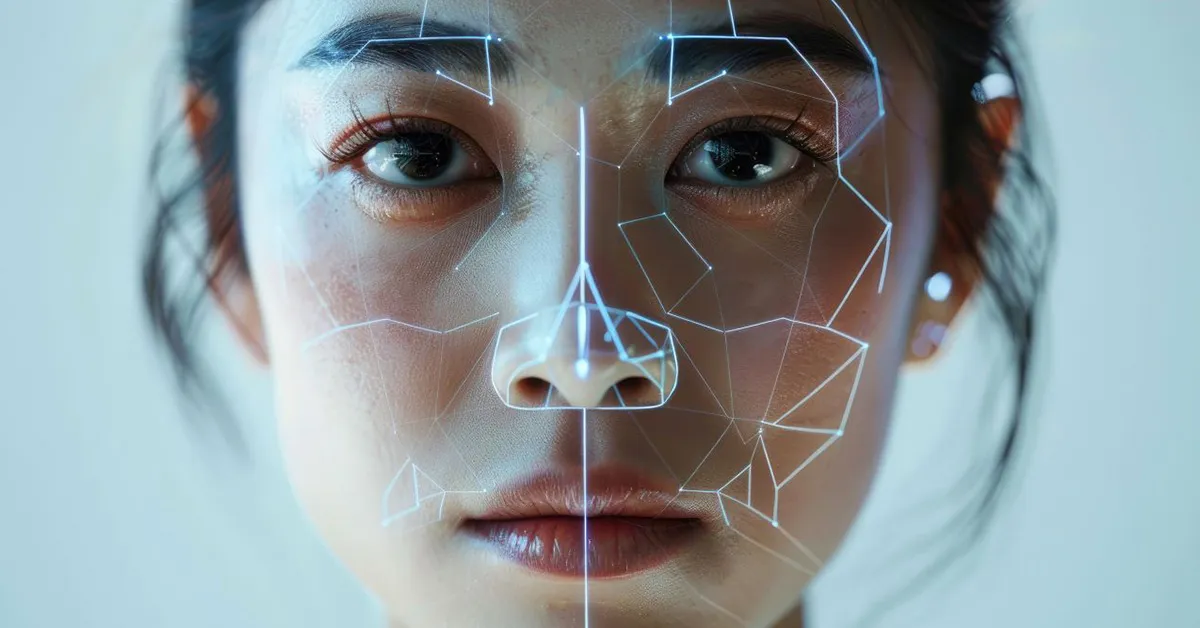COLUMBUS, Ohio — In a world where the line between reality and fiction is blurring faster than one can click "share," Ohio legislators are taking a bold step to tame the chaos caused by deepfakes and artificial intelligence (AI)-generated content. Bill No. 185, proposed by representatives Adam Methuys (a Republican from Lebanon) and Taey Methuys (a Republican from Findlay), aims to establish clear rules for the digital landscape where malicious fakes can ruin reputations, undermine trust in elections, or even be used as tools for blackmail. As AI becomes increasingly accessible and fake videos and photos flood the internet, Ohio positions itself as a pioneer in the fight for truth.
“Artificial intelligence is improving every day, and it’s both a miracle and a threat,” said Adam Methuys, standing in front of the state Capitol. His bill, promoted amid rising concerns about disinformation, calls for clear labeling of AI-generated content if it can mislead a "reasonable person." From fake political speeches to manipulated images of celebrities — Ohio wants to draw a line between creative freedom and malicious lies.
The new reality of the digital age
The problem of deepfakes is not new, but its scale is rapidly increasing. According to Erman Aiday, a law professor specializing in technology at Case Western Reserve University, AI tools like Midjourney or DALL·E allow anyone to create realistic videos or photos in just minutes — from an innocent image of oneself on a tropical beach to a fake speech by a politician calling for a boycott of elections. “This technology democratizes creativity but also arms malicious actors,” Aiday notes. In 2024, for example, a fake AI-created video of Ohio Governor Mike DeWine went viral on social media, causing panic among voters ahead of local elections.
Bill No. 185 is aimed at giving back control to citizens. It defines the creation of malicious AI content without a person's consent as a violation of trademark rights, which could result in fines worth tens of thousands of dollars. Distributing deepfakes for extortion purposes is classified as a third-degree felony, and pornographic deepfakes or content involving children are strictly prohibited regardless of labeling. “This is about protecting ordinary people,” Methuys emphasized. “Your face, your voice — that’s your property.”
Implementation challenges
While the bill has garnered broad support, its implementation raises doubts. According to Aiday, anonymity in the digital world complicates tracking down malicious actors, especially during election campaigns where misinformation spreads rapidly. In 2023, for example, an anonymous Telegram channel circulated a fake video of Senator Sherrrod Brown, which caused his campaign considerable effort to debunk. “Until we have technology for instant deepfake detection, bad actors will hold the advantage,” Aiday warns.
Insiders in Capitol Hill report that both Republicans and Democrats support the bill, which is rare amid Ohio’s political polarization. However, some lawmakers express concerns about possible restrictions on free speech. “Political cartoons or satire are not the same as malicious deepfakes,” Methuys explained. “We want to protect creativity but prevent deception.” The bill explicitly excludes content that a “reasonable person” would immediately recognize as artificial, such as obvious cartoons or parodies, from regulation.
The broader context
Ohio is not alone in its fight. In 2024, California and Texas enacted similar laws regulating deepfakes in political advertising, but Ohio went further by covering a wider range of content, including personal images and audio. At the federal level, Congress is considering the Deepfake Protection Act of 2025, but its progress is slowed by disagreements over balancing free speech and disinformation prevention. “Ohio could become a model for other states,” Aiday believes, citing Ohio’s history of strict technology regulation, such as the 2018 data protection laws.
The issue transcends politics. In Cleveland, local activist Miah Jones became a victim of a deepfake that used her image for fraudulent advertising. “It was humiliating,” she recounts. “People thought I was endorsing something I had nothing to do with.” Such stories highlight the human dimension of the problem Ohio seeks to address.
Looking ahead
Bill No. 185, which is under review this week, could change the rules of the game for digital ethics in Ohio. If passed, it will be one of the first in the US to grant citizens ownership rights to their digital images. However, success depends on technological implementation — from improving AI detection systems to collaborating with platforms like X or TikTok to swiftly remove malicious content.
For Ohio residents increasingly facing digital manipulation, this law offers a ray of hope. “We cannot stop AI progress, but we can make it safer,” Methuys concluded. While debates continue, one thing remains clear: in a world where truth is a luxury, Ohio is betting on protecting reality — one photograph at a time.



